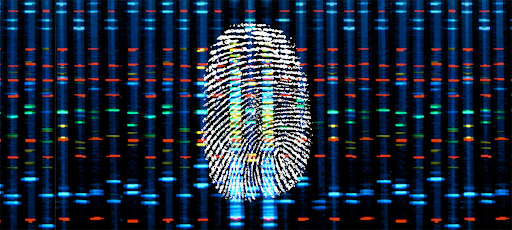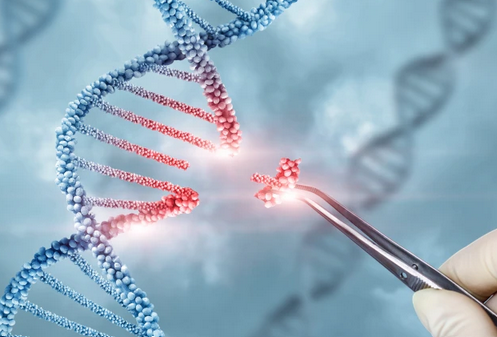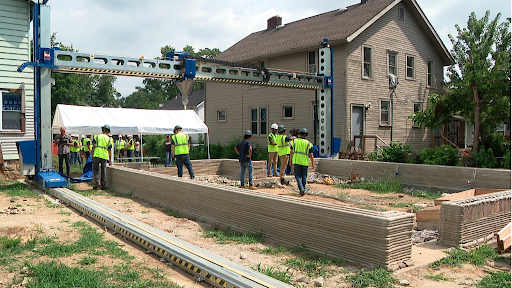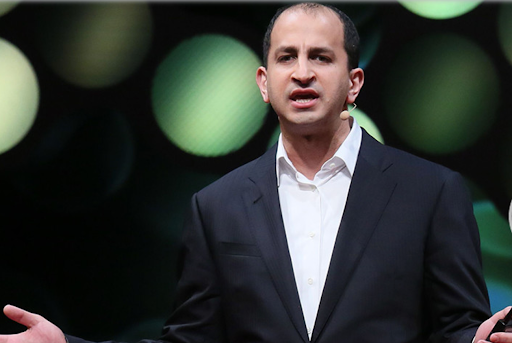DNA Fingerprinting is also known as DNA profiling, Molecular Typing and also Molecular Fingerprinting. All these names stand for one technique, the scientific method to determine an organism’s genetic makeup and if needed compare it with others. This discovery has helped with many things such as tracking diseases, understanding genetic disorders, better treatment of patients, understanding microorganisms, finding the source of food borne outbreaks, and finding evolutionary relationships.
The steps to doing getting a DNA fingerprint and analyzing it is first getting a sample of the DNA and then extracting the DNA from the crime scene or the test tube and using the PCR to amplify the DNA, after amplifying the DNA the fourth step is to Analyze the DNA and chart it, the final step is to compare the DNA and interpret what it says and shows (Integra Biosciences). The Journey of DNA Fingerprinting Technology started off in 1977 when 27 year old Alec Jeffery’s switched his sight to studying variations in genes using DNA at Leicester University. By 1978 Jeffery and his team had discovered that you could detect variations in human DNA and later in 1981 built a defined goal which was a highly variable DNA which was best used in scattered DNA. by 1984 on September 10th the first DNA fingerprinting emerged, this emergence opened up many new horizons of science and even politics. The list was expansive and Jeffrey’s wife added later that immigration was a thing that her husband’s discovery could aid with and Jeffery notes; “That was when I realised this had a political dimension and that it could change the face of immigration disputes, especially where no documentary evidence existed” (University of Leicester). Jeffrey had found how to isolate places with high variability in the DNA; this was called restriction fragment length polymorphisms.
This was first used in 1986 to put Colin Pitchfork behind bars for the assault and murder of two young girls around the area of Leicester University. This went on to make Alec Jeffery’s the first geneticist to work on a way to identify people by their DNA samples. Over the course of the years DNA fingerprinting was aiding and in many criminal cases and other legal matters (National Library of Medicine).
The techniques used helped in not only criminal cases and investigations but also served useful in other forensic purposes and paternity tests. DNA Fingerprinting is not for telling exactly who the DNA belongs to but is conveying and narrowing down the list of possible matches by a lot. Not only narrowing down possible matching but DNA can also help when searching for potential suspects in specific databases (National Human Genome Research Institute).
The RFLP-based DNA analysis that was used back in Jeffery’s time is being passed and overtaken by newer techniques of genetic identification these processes are sped up and made simpler and because of this the UK now has a database with ~2.5 million criminals Genetic Identification of DNA fingerprints on catalog (National Library of Medicine).
By Tvesha Patel ’27, Science Editor
27tpatel@montroseschool.org













